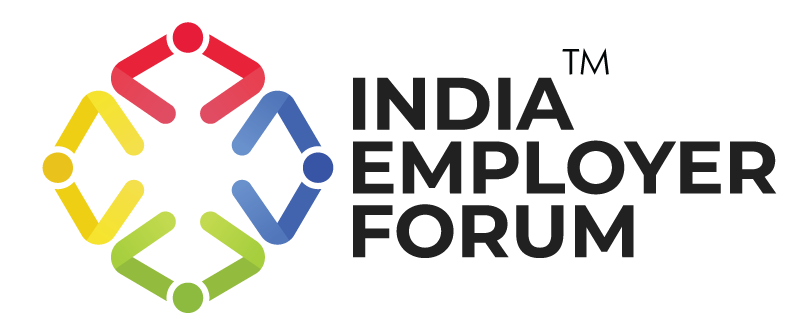It is often said in the business world that curiosity fares poorly. Curiosity, like creativity, is a criteria that every company says it wants from employees but at the end of the day isn’t really appreciated. Curiosity is hugely important to a company’s performance and companies should focus towards creating a curious workforce.
Culturally, we tend to view curiosity with uncertainty. However, the Harvard Business Review published a story entitled “The Business Case for Curiosity” that speaks otherwise.
Mentioned below are a few pointers for the Human Resources and top management to keep in mind to develop a curious workforce.
1. Hiring curious staff
Have you ever wondered what motivates a chef to create a new recipe or a developer to create a software product?
This is their curiosity. For growth and success in your career you need to be curious. It is a trait that is most needed in an entry level job seeker as well as in CXO level leaders. Curiosity helps you stay successful at work. Questions are the hallmark of curiosity.
You might also be interested to read: How To Integrate Competency Based Hiring In Recruitment
2. Promote inquisitiveness
Leading by example is essential for any business head. Managing by asking questions, helps in building the foundation of the work culture of any company.
Being as engaged a listener as you are a talker requires humility. When you listen to your employees, you send them a signal that you don’t have all the answers and that even their opinion matters.
3. Learning goals – performance goals
While focusing on performance goals we tend to neglect the team’s learning goals. To reskill our team in the current job scene where skill gaps are present learning goals have many advantages.
Research shows that framing work around learning goals rather than performance goals increases motivation. When an employee is motivated by learning goals they gain diverse skills, perform better, become problem solvers and an asset.
4. Side hustles to promote creativity
Earlier bringing your side gigs or outside interests into the office would not go down well with the company. But these days employers have started to see the upsides of encouraging employees to bring their entire selves to work.
The creativity of an employee is largely influenced by doing something that isn’t a part of their daily routine. Side hustles can increase employee engagement and reduce burnout and attrition.
There are many ways to seamlessly integrate the non-work passions of your workforce into the workplace, some of which are offering paid time off to volunteer, to either mentor young readers or rebuild wetlands.
You might also be interested to read: Change In Mindsets Necessary For An Agile Workforce
5. Ask questions like “Why?” “What if . . .?” and “How might we . . . ?” to employees to boost curiosity
HBR says one thing that can go a long way toward fostering curiosity is organizing ‘Why’ days, when employees are motivated to ask that question if they are facing a challenge.
While you’re honoring curiosity with its own day, make sure it also becomes central to your work culture. Creating a transparent environment and a safe space where all kinds of questions are valued and not ridiculed is important.
Steve Jobs also spoke about curiosity at his workplace in his Stanford commencement speech in 2005. “[M]uch of what I stumbled into by following my curiosity and intuition turned out to be priceless later on,” Jobs said.
References:
- “How You Can Develop a Curious Workforce – and Reap the Benefits” by Bruce Anderson June 2019
- “How to Hire and Retain Curious People” by CBT Nugget Blog February 14th 2018
Related Reports:






